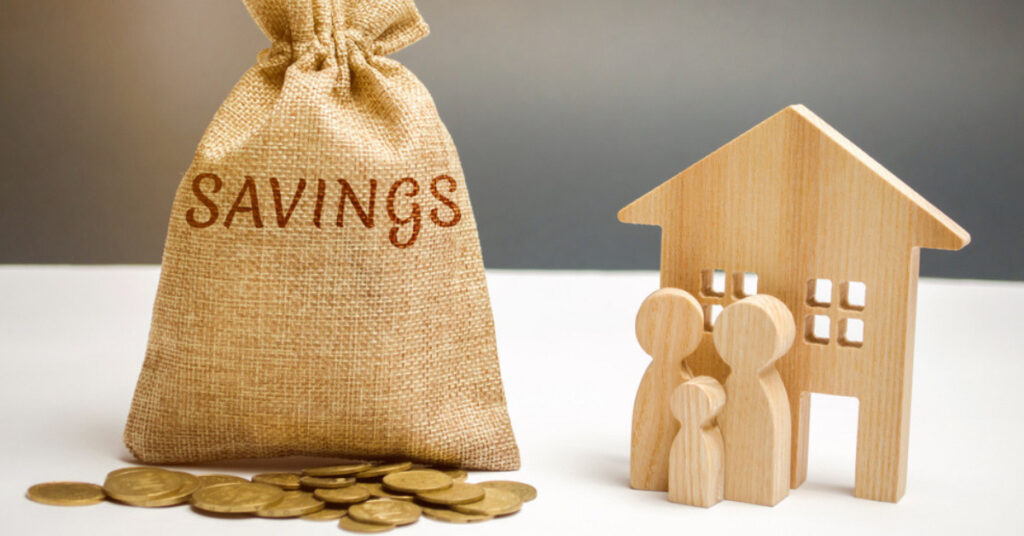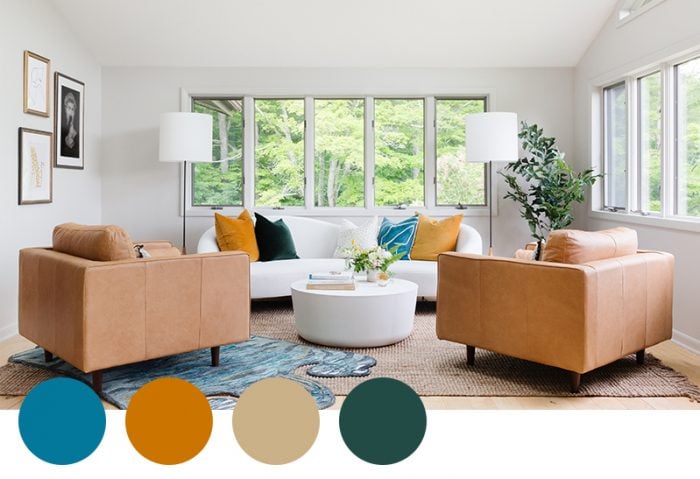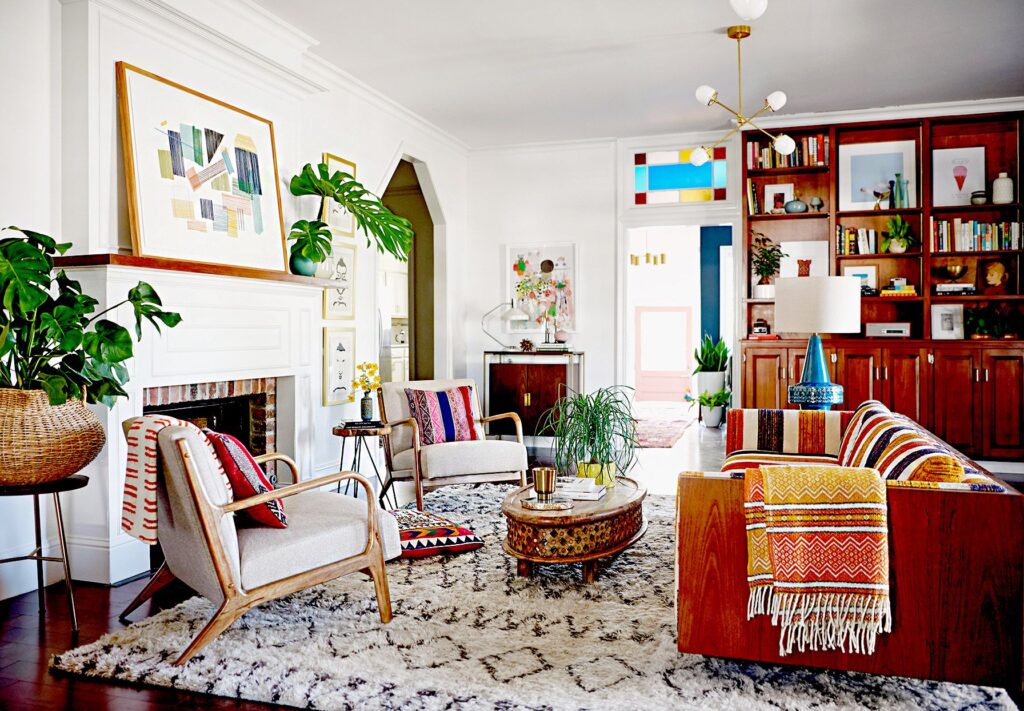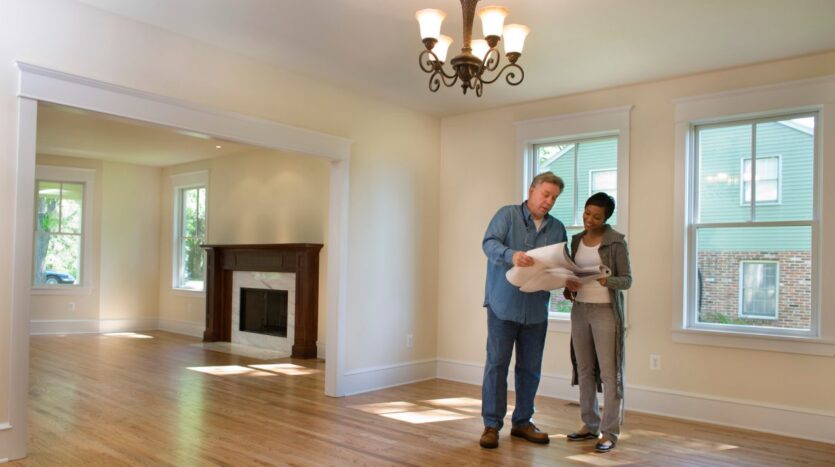Introduction
In the ever-evolving world of interior design, homeowners often find themselves torn between the allure of classic aesthetics and the sleek charm of contemporary design. The journey of transforming a home from classic to contemporary is a fascinating adventure that allows individuals to express their evolving tastes and preferences. In this article, we will explore the steps and considerations involved in this exciting home transformation.
Classic vs. Contemporary: Understanding the Basics

Before delving into the transformation process, it’s essential to grasp the fundamental differences between classic and contemporary interior design styles. Classic design is characterized by timeless elegance, ornate details, and a sense of history, often drawing inspiration from various historical periods. On the other hand, contemporary design embraces minimalism, clean lines, and a focus on functionality.
Assessing Your Current Space

The first step in your home transformation journey is to assess your current living space. Take a close look at your furniture, decor, and overall layout. Identify elements that align with classical design and those that lean towards contemporary aesthetics.
Setting a Budget

Budgeting is a crucial aspect of any home transformation project. Determine how much you are willing to invest in this endeavor. Classic to contemporary transformations can vary significantly in cost, depending on the extent of changes you wish to make.
Choosing a Color Palette

Color plays a pivotal role in interior design. For a transition from classic to contemporary, consider opting for neutral and monochromatic color schemes. Whites, grays, and blacks can provide a clean and sophisticated backdrop for contemporary design elements.
Furniture and Decor Selection

One of the most noticeable changes in this transformation will be the choice of furniture and decor. Classic furniture pieces, such as ornate wooden tables and upholstered chairs, can be replaced with sleek, modern counterparts. Look for furniture that incorporates materials like glass, metal, and leather.
Flooring and Lighting

Updating your flooring and lighting can significantly impact the overall ambiance of your space. Contemporary design often features hardwood or laminate flooring, while classic spaces may have carpet or intricate tile work. Additionally, consider installing modern light fixtures with clean, geometric shapes.
Balancing Classic and Contemporary

To achieve a harmonious blend of classic and contemporary elements, it’s essential to strike a balance. For instance, you can retain classic architectural features like moldings and paneling while updating the color palette and furniture. Creating this balance ensures that your home transformation feels cohesive and intentional.
Art and Accessories

Accessorizing is where you can truly infuse your personality into the space. Contemporary art pieces, abstract sculptures, and minimalist decor can serve as focal points in your new design. Don’t be afraid to mix and match classic and contemporary art to create a unique visual appeal.
The Power of Textures

Textures add depth and character to your interior design. In contemporary spaces, you’ll often find smooth surfaces like glass and metal alongside textured elements such as faux fur or textured wallpapers. Experiment with textures to create visual interest and warmth.
Transforming Outdoor Spaces

Don’t forget about your outdoor areas when embarking on this transformation. Extend your design aesthetic to patios and gardens by selecting modern outdoor furniture and landscaping options that complement your indoor style.
Maintenance and Sustainability

Maintaining your newly transformed space is crucial. Opt for materials and finishes that are easy to clean and maintain. Additionally, consider sustainable design choices, such as energy-efficient appliances and eco-friendly materials.
Conclusion
The journey from classic to contemporary interior design is a thrilling adventure that allows you to redefine your living space in a way that reflects your evolving tastes and preferences. By carefully considering each step in this transformation, you can create a home that seamlessly blends the elegance of classic design with the sleekness of contemporary aesthetics.
FAQs
- How long does it typically take to complete a classic to contemporary home transformation?The timeline can vary depending on the scope of the project, but it usually takes several weeks to a few months.
- Can I incorporate personal heirlooms into a contemporary design?Yes, personal items with sentimental value can be integrated into your contemporary space with creative placement and design choices.
- What are some cost-effective ways to update a classic space to a contemporary one?Repainting, changing hardware, and updating lighting fixtures are cost-effective ways to start the transformation.
- Are there any design principles that should be maintained when blending classic and contemporary styles?Yes, maintaining a sense of balance and cohesion is essential to ensure the fusion of styles is visually appealing.
- Where can I find inspiration for my classic to contemporary home transformation?Websites, magazines, and social media platforms dedicated to interior design are excellent sources of inspiration for your project.
- Насколько самоуверенность воздействует на понимание побед - December 4, 2025
- GameArt Casinos 2025 ⭐ Best GameArt casino Dr Bet Login login Gambling enterprise Bonuses & The Harbors - December 4, 2025
- Online Casino’s in Nederland: Regelgeving en Praktische Vereisten - December 4, 2025












